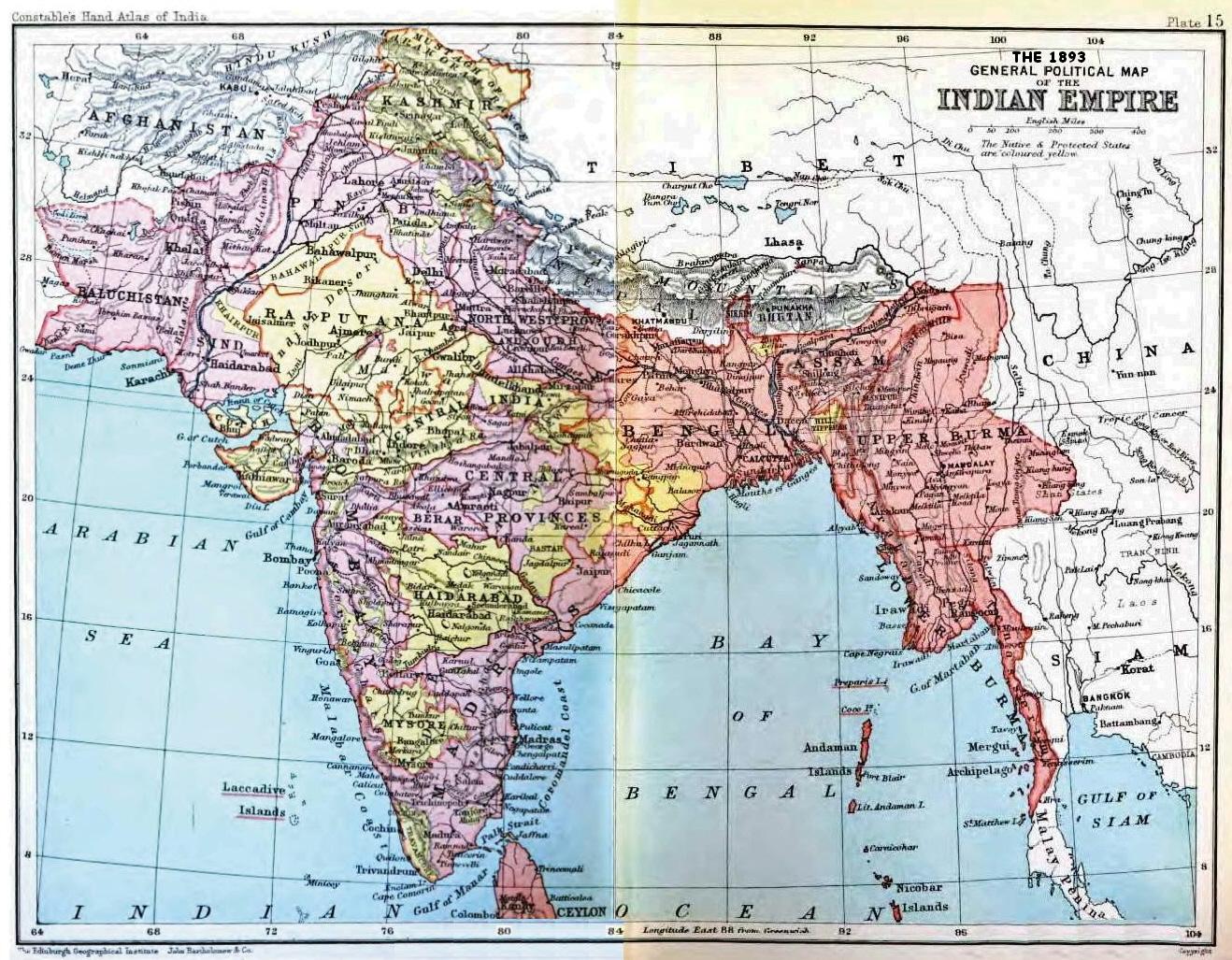Economic History Of The Colonial Period – Economics Notes – For W.B.C.S. Examination.
ঔপনিবেশিক সময়কালের অর্থনৈতিক ইতিহাস – অর্থনীতি নোট – WBCS পরীক্ষা।
The Industrial Revolution in England created a serious impact on Indian economy as it reversed the character and composition of India’s foreign trade. This led to destruction of Indian handicrafts although there was no substantial growth of modern factory industry.Continue Reading Economic History Of The Colonial Period – Economics Notes – For W.B.C.S. Examination.
The factors which were responsible for the gradual decay of Indian handicrafts were—disappearance of princely courts and their patronage, aggressive trade policy of the East India Company and the British Government, increasing competition of British machine—made goods and increasing demand for Western commodities as a result of foreign influence.
The destruction of Indian handicrafts created a vacuum in Indian markets which was subsequently fed by British manufactured goods. The destruction of Indian handicrafts led to serious unemployment problem and the weavers were most seriously affected.
Moreover, this unemployed craftsmen and artisans could not find any alternative occupation open to them and thus they had to return to agricultural sector leading to ‘progressive ruralisation of India’. Thus, this dependence of population on agriculture gradually increased from 55 per cent in 1901 to 72 per cent in 1931 and this led to progressive sub-division and fragmentation of agricultural holdings.
New land system of the British ruler also created a serious impact on the Indian economy. During the East India Company rule, the company administrators imposed land revenue at exorbitant rates and thereby realised larger returns from land.
Thereafter, the British Government introduced the land settlement in 1793. Permanent settlement was introduced in Bengal and other neighbouring areas, and then gradually extended to other states. This settlement led to introduction of zamindary system where zamindars were responsible for collecting and remitting the land revenue to the British rulers.
Later on, another system known as ryotwary settlement was also introduced in Bombay and Madras and then subsequently to northeastern and north-western India where peasant landlords were directly responsible to the state for the annual payment of land revenue.
Under both these systems, the land revenue or the rent fixed was excessively high and this led to destruction of the organic village community in India.
In this connection, Daniel and Alice Thorner wrote, “Whereas the zamindary system made the landlords masters of the village communities, the Ryotwary system cut through the heart of the village communities by making separate arrangement between each peasant cultivator and the state”.
Thus the new land system of the British created a class of absentee landlords making way for exploitation of the peasants. Thus both the zamindary system and the Ryotwary system introduced by the British led to the concentration of economic power in the hands of few. This resulted total depression in agriculture and industry.
Commercialisation of Indian agriculture during the British period created a serious impact on the Indian economy. Commercialisation of agriculture indicates production of various crops not for home consumption but for sale. Industrial revolution in Britain had raised the demand for agro-raw-materials, especially raw cotton, jute, sugarcane, groundnuts etc. for British industries.
As the British industries were offering higher prices for commercial crops the peasants gradually started to shift their cropping pattern substituting commercial crops for food crops. In some areas commercialisation of agriculture reached to such an extent that the peasants even could not produce food crops for their home consumption and started to purchase foodstuff from the mandis.
Moreover, the development of irrigation also intensified the commercialisation of agriculture in India.
Please subscribe here to get all future updates on this post/page/category/website


 Toll Free 1800 572 9282
Toll Free 1800 572 9282  mailus@wbcsmadeeasy.in
mailus@wbcsmadeeasy.in



















































































































